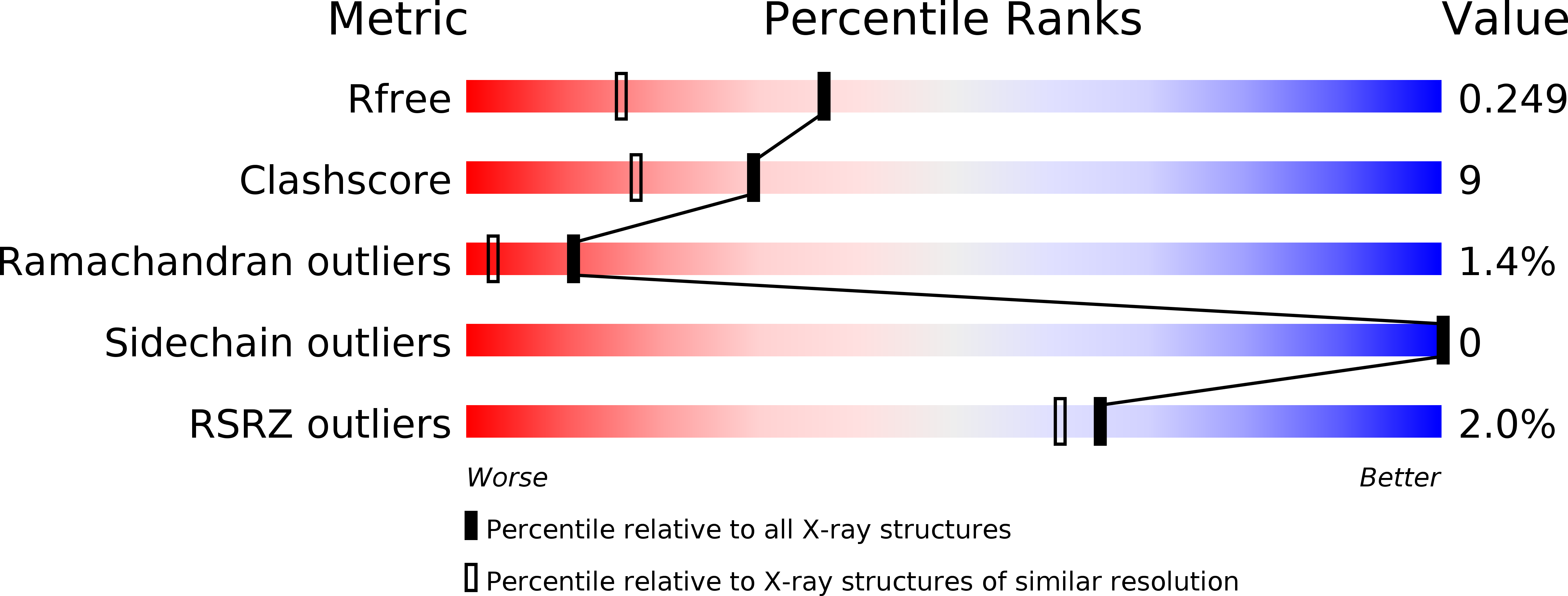
Deposition Date
2012-08-30
Release Date
2012-12-19
Last Version Date
2024-11-20
Entry Detail
PDB ID:
4GVB
Keywords:
Title:
Crystal structure of the virally encoded antifungal protein, KP6, heterodimer
Biological Source:
Source Organism:
Ustilago maydis virus P6 (Taxon ID: 11010)
Method Details:
Experimental Method:
Resolution:
1.80 Å
R-Value Free:
0.24
R-Value Work:
0.21
R-Value Observed:
0.21
Space Group:
P 32 2 1


